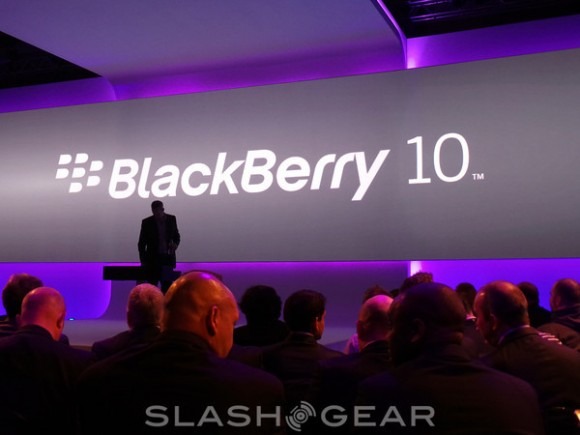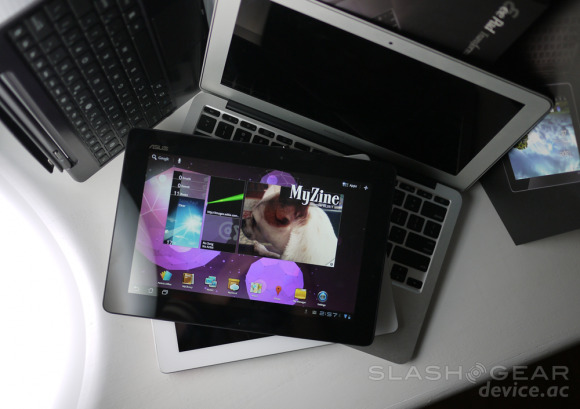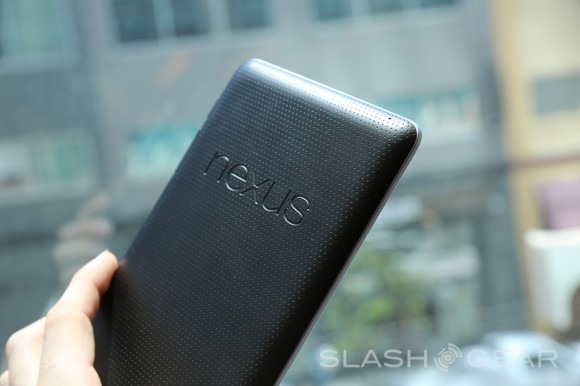BlackBerry 10 Tablet: Three Insane Steps For Success
The BlackBerry PlayBook as it was released back in April of 2011 was a mess, but the first BlackBerry 10 tablet certainly doesn't have to be. Have a look back at our original BlackBerry PlayBook Review and you'll find that right out of the gate the machine was far too "rough around the edges" to be a real competitor with the likes of the iPad or even the first big Android release with the Motorola XOOM. The direction the company is going with BlackBerry 10 presents a unique opportunity to take the tablet market by storm by hitting several specific arenas at once.
1. Brand Power
Back when RIM introduced BBX, the system seemed like an exciting enterprise to BlackBerry users across the board. Fast forward to 2013 and the company formerly known as RIM is now called BlackBerry and the mobile operating system is called BlackBerry 10. The brand name BlackBerry is the most valuable asset the company has, and if they decide to create a new tablet, they need to call it the BlackBerry Tablet.

If BlackBerry decides to call a new tablet something fun and new and unique, it will fail. The name BlackBerry PlayBook implied that there was a built-in audience for the device, people who loved BlackBerry and would therefor, inside that brand awareness, purchase a tablet called PlayBook. I can say iPad and you know that Apple made it. To a lesser degree I can say Galaxy Note or Galaxy Tab and you know Samsung made it.
If I say to a random stranger "hey, do you own a PlayBook?" They'll think I'm speaking about a book of plays. If I ask that same stranger if they have a BlackBerry tablet, they may not know what that device looks like (yet) but they'll understand what I mean. The BlackBerry Tablet must be the direction the company goes with the name.
2. Near-impossible ease of use in connecting with PCs and Macs
Two trends exist with tablets today regarding how they connect to larger, more powerful computers. The first is that a tablet will be powerful enough in and of itself that it does not appear to need to connect to any other computer, all of its connections appearing between itself and the internet. The second is a tablet that connects to a keyboard, becoming a laptop in the process.

The BlackBerry Tablet needs to skip the keyboard dock altogether, first of all. BlackBerry creating a keyboard dock implies that they don't feel the basic unit is awesome enough on its own, and it has to be. The BlackBerry Tablet should be able to exist with an on-screen keyboard alone at all times. If users want to use a keyboard, they've got hundreds of Bluetooth keyboards on the market already (most of them made for the iPad, at the moment) that'll work just great.
With the BlackBerry tablet you need to be able to work with a PC as if it were a folder. This functionality has been lost as a secondary function with essentially every modern tablet because it's assumed that users want to work with apps like iTunes. Business users need to be able to plug the BlackBerry Tablet in to their computer with a USB cord and have it appear as a folder where they can add or take files easily.
If I plug an Android tablet into my computer, the reaction my computer has depends solely on the version of Android I've got running on the tablet and the USB connection status I've selected in the software. This cannot be so with the BlackBerry Tablet. If I plug an iPad into my computer, iTunes pops up. This leads us into the third and most important insane step BlackBerry must take with the BlackBerry tablet:
3. A User-Developed User-Experience
Though I'm not entirely sold on the "UDUX" shortening of that term, a user experience as user-dependent as possible is what BlackBerry needs to create for the BlackBerry Tablet. They've hinted at this – in a way – with the BlackBerry Android toolset we've just posted about again today regarding apps. With this toolset you – as a developer – are able to rapidly and easily convert an APK (the file type for an Android application) into a BlackBerry-ready app for submission to BlackBerry for consideration in their official app store.

This toolset has the right feeling – it's a good step in the right direction as far as being open to the developers of the world who have already done a lot of work for operating systems that aren't BlackBerry 10. Now this drive needs to be pushed to the actual operating system itself. The BlackBerry Tablet needs to have BlackBerry 10 existing as an experience for the user that never stops being open to changes and open to modifications.
The BlackBerry Tablet running BlackBerry 10 must be able to work for anyone and it has to be irresistible to not just business users, but all users. If a 5 year old has a BlackBerry Tablet in their backpack, a 35 year old should be jealous, and ready to find a way to save up the three $50 bills it'll cost them to buy one of their own.
The BlackBerry Tablet: Available This Summer
Do you think we'll see this magical unicorn of a tablet appearing this summer? What do you think it'd take for BlackBerry to bust out a device that's so potentially valuable to every man woman and child in the world that they have trouble producing them fast enough to keep up with demand? And perhaps most important of all – does BlackBerry have enough steam right this minute to keep itself alive long enough to create the BlackBerry Tablet?
